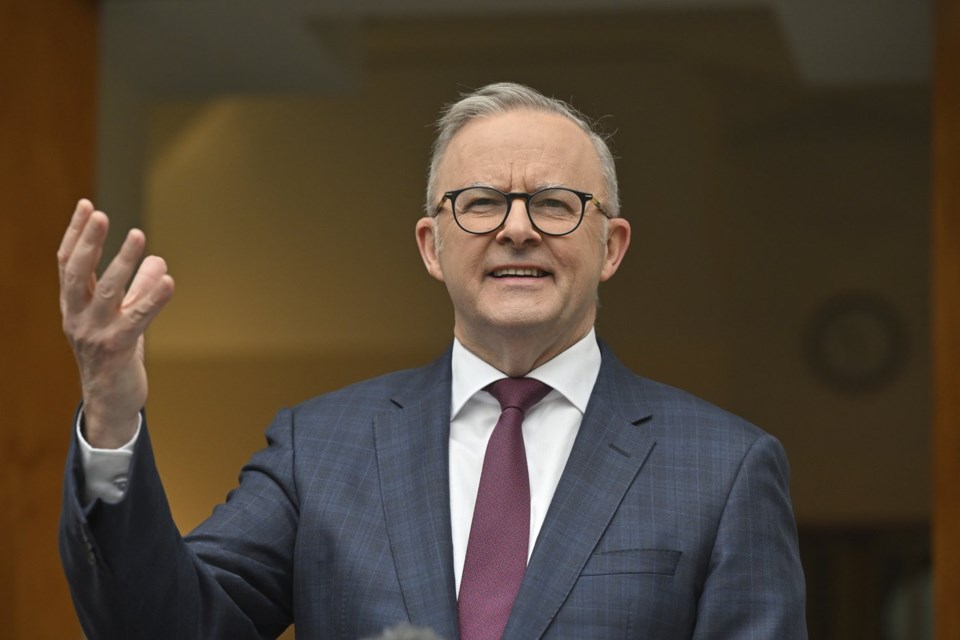Australia’s proposed ban on social media for kids under 16, announced by Prime Minister Anthony Albanese, has sparked intense debate and raised important questions about its practicality and broader implications. The new legislation aims to curb the impact of social media on youth mental health, yet its sweeping approach could have unintended consequences, including significant disruptions for young users and their families.
Protecting Mental Health
The proposal mandates that children under 16 will no longer be allowed on platforms like Instagram, TikTok, and Facebook, even with parental consent. This blanket restriction underscores the government’s firm stance on social media’s potentially negative influence on adolescents, particularly on mental well-being. However, critics argue the age limit is arbitrary, especially given the global lack of consensus on the appropriate age for social media usage. For example, France recently introduced parental consent requirements for users under 15, while Texas mandates parental consent for users under 18.

For many young people, social media is not just a platform for entertainment but a vital space for identity exploration, education, and networking. Teenagers increasingly rely on these platforms for employment, connecting with mentors, and accessing support networks for issues they may not be comfortable discussing at home. Additionally, with 40% of young Americans citing TikTok as a primary news source, the ban could limit young Australians’ access to timely, relevant information.
Challenges in Enforcing the Ban
Enforcing the ban poses another challenge, requiring tech companies to verify the ages of all users—a task that could disrupt platform functionality and lead to frustrations among adult users as well. Minister for Communications Michelle Rowland’s inclusion of LinkedIn and Messenger Kids in the ban’s scope raises questions about how Australia defines “social media” and could inadvertently exclude teens from professional and educational content that helps them prepare for their futures.
While the government’s intent is to protect young people, there is a risk that many will find ways around the restrictions through VPNs or by using others’ accounts, as suggested by the eSafety Commissioner. Instead of banning access entirely, some experts recommend creating safer online spaces by addressing harmful content directly, an approach that empowers youth and parents alike to make informed choices about online interactions.

Ultimately, Australia’s proposed social media ban highlights the delicate balance between protecting youth and recognizing their need for autonomy, social support, and access to information in an increasingly digital world.
Stay tuned to Brandsynario for latest news and updates









































